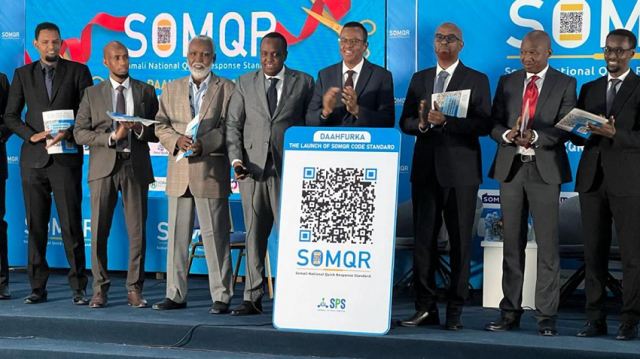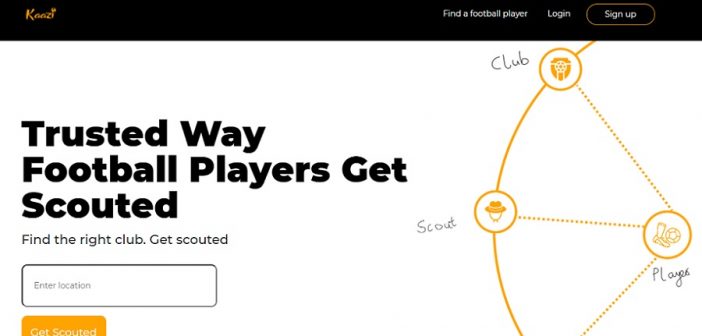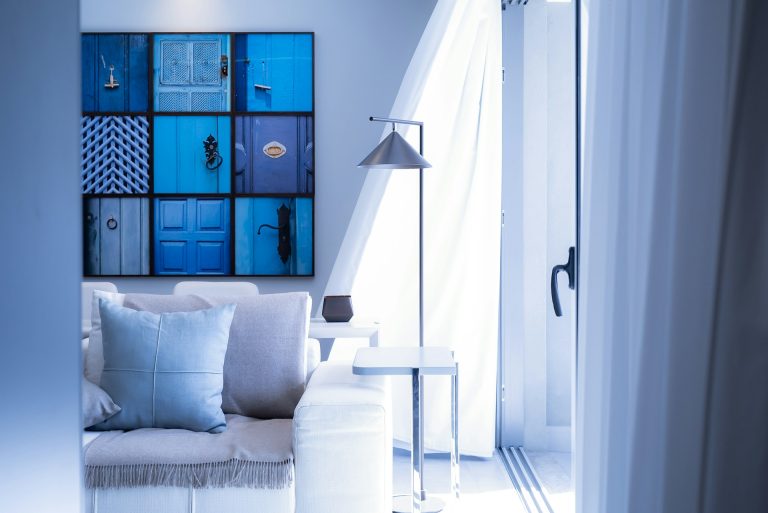Streamlining React Component Development and Optimizing Workflows – Developer Insight

In the ever-evolving world of frontend development, UI frameworks have become a double-edged sword. Developers are constantly bombarded with an overwhelming array of choices—from battle-tested libraries like Material UI to emerging solutions like ShadCN UI—each promising to be the one-stop shop for interface design. This proliferation of options creates a paradox of choice: teams find themselves paralyzed, uncertain whether to adopt a familiar framework or risk integrating a newer, potentially more innovative solution.
The core challenge isn’t just about selecting a framework, but about finding a tool that can adapt to a project’s unique demands. Many development teams end up compromising, choosing frameworks that offer partial solutions rather than a comprehensive approach to performance, customization, and long-term scalability. This settling often results in technical debt, where initial convenience gives way to future complexity and constraints.
Joshua Praise, a contributor to the open-source framework ShadCN UI, discusses its potential as a lightweight alternative to more comprehensive frameworks like Material UI and Ant Design. Drawing from his experience helping users resolve queries about implementation and real-world applications, he particularly recommends ShadCN UI for teams whose technology stack includes React, Next.js, and Tailwind CSS.
ShadCN UI is a younger and growing popular frontend UI library known for its innovative attempt to bridging the gap between utility-based frameworks like Tailwind CSS and component-based design systems. ShadCN UI, which was first designed with Tailwind and Radix UI in mind, offers developers a set of composable, utility-first components that prioritize customization, accessibility, and responsiveness, making it particularly appealing for modern, fast-paced web projects.
He highlights that it leverages the latest advances in component styling and utility-driven design patterns, and it’s especially valuable in modern frontend development because it’s flexible enough to integrate easily into complex web applications, while remaining intuitive for both new and experienced developers. Its utility-driven approach aligns well with tools like Tailwind CSS, making it a great fit in performance-focused, maintainable projects.
ShadCN UI resonates with developers because it’s built around simplicity and adaptability. We’re seeing a strong trend in frameworks and libraries that enable developers to manage complex UIs without the need for overly bloated libraries. ShadCN UI provides clean, efficient components that can be customized deeply to match a brand’s style without compromising performance. This aligns well with the demand for speed, adaptability, and strong TypeScript integration that we, as frontend developers, face today.
Additionally, ShadCN UI isn’t prescriptive – it doesn’t impose a rigid structure. It offers well-designed, accessible components and styling options that can be adopted incrementally, which is particularly appealing for projects where agility is crucial. Due to its flexibility, it currently boasts over 70,000 weekly downloads and has garnered more than 74,100 stars on GitHub.
In contrast to traditional libraries like Material UI and Fluent UI, which often require complex adjustments and extensive prop manipulation, Joshua Praise emphasizes that this is one key problem ShadCN UI addresses by balancing customization with simplicity. Many component libraries come with heavy theming layers or tightly coupled styling that can be tough to override. ShadCN UI, however, embraces Tailwind CSS principles, making it simpler to apply granular style changes directly to components without fighting against a component’s inherent design.
ShadCN UI may also assist to standardize UI patterns and unify design principles for larger projects without bloating the codebase, which makes maintenance simpler. In complicated applications where type safety is a must, its integration with TypeScript is especially crucial since it makes it possible for component structures to be more clearly defined and type-checked, which lowers the possibility of errors.
At Trekk Scooters, where our tech stack included Next.js and Tailwind CSS, integrating ShadCN UI into our development pipeline enabled us to focus on customization without the limitations of rigid, pre-configured design systems. While this approach may not suit large-scale enterprise applications that require highly structured frameworks, we found it ideal for our agile development environment. With a priority on quick iteration and adaptability, ShadCN UI allowed us to accelerate time-to-market and maintain the flexibility essential to our workflow.
I recommend starting with a utility-first mindset because the ShadCN UI integrates well with Tailwind CSS.
He urges teams that want to implement ShadCN UI to start with explicit componentization concepts. In areas where UI consistency is critical, promote the use of ShadCN UI components; however, be prepared to make appropriate adaptations for specific application portions. I recommend starting with a utility-first mindset because the ShadCN UI integrates well with Tailwind CSS.
From a technical perspective, Joshua suggests ensuring TypeScript practices are standardized across teams as ShadCN UI components come with strong TypeScript support, which makes it easier to document expected props and behaviors in a type-safe way, minimizing misunderstandings or errors. Developers or Teams should also remember to focus on accessibility -a strong feature in ShadCN UI – and leverage its accessible components to ensure usability across different devices and audiences.
Looking at the future, Joshua believes ShadCN UI has potential, particularly because it embraces modern development practices, like utility-first design and type-safe, component-driven architecture. As frontend development continues to emphasize performance, accessibility, and modularity, ShadCN UI is well-positioned to be adopted widely.
For it to become a leading UI library, it will need ongoing community support and contributions, especially in maintaining documentation and adding new components that can handle edge cases. But with the current momentum, ShadCN UI certainly has the right elements to thrive as part of the React ecosystem, particularly for teams invested in TypeScript and Tailwind.
Experienced developers might appreciate ShadCN UI’s simplicity and flexibility right away, given they’re used to working around the constraints of more rigid libraries. They can also bring a more strategic perspective, applying ShadCN UI’s components in a way that maximizes performance and maintainability. Joshua advises experienced developers to leverage ShadCN UI to enhance project scalability by creating reusable component libraries and taking full advantage of TypeScript’s type safety to avoid potential bugs and future refactoring.
For newer developers, it’s also a fantastic tool, but the right approach would be to focus on understanding the core principles of component-based design and utility-first styling first. ShadCN UI is a great addition to any developer’s toolkit and a good reflection of where UI development is heading.







